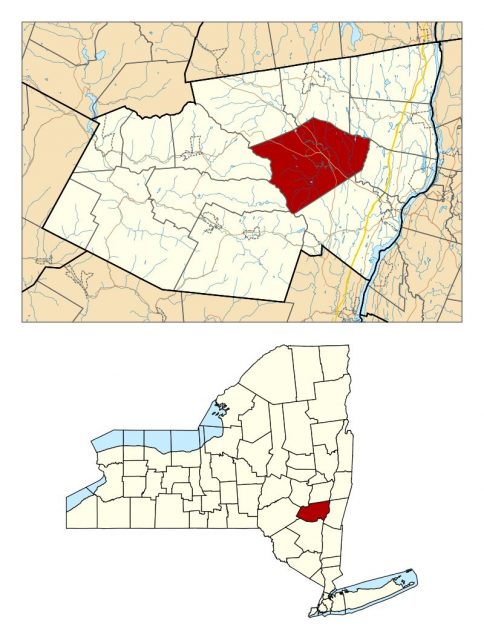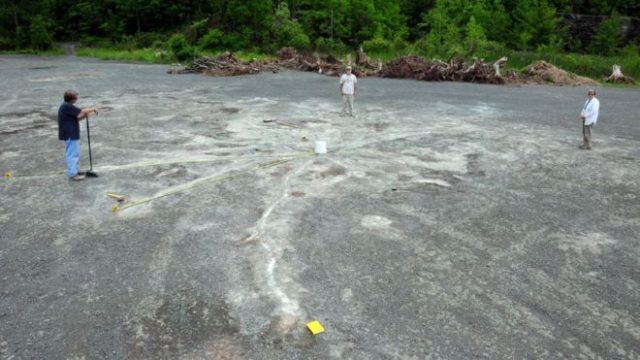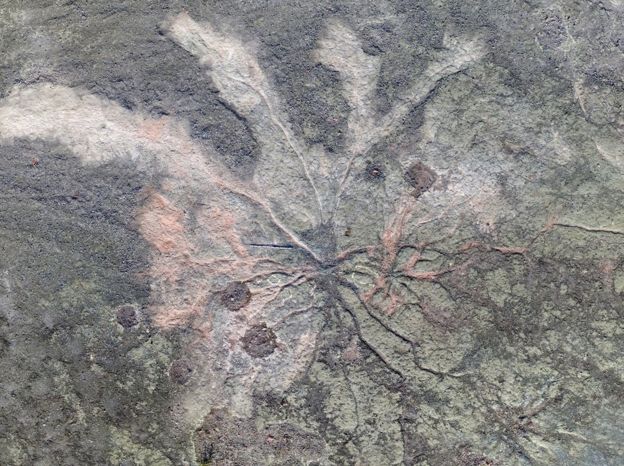Fossils of the oldest known forest in the world has been located in the small town of Cairo, New York, which is in Greene County somewhat in the middle of the state not too far from the capital Albany. We love nature for so many reasons: its beauty, it restorative powers to us and the environment; its ability to inspire scientists and poets equally. Trees, in particular, offer an awe-inspiring glimpse of nature’s power. We revel in the majesty of old growth forests like the redwoods in California’s Big Sur area. In so many ways, trees are, quite simply, glorious.
Most of us don’t really understand or care how old trees are — as long as they are there, providing shade and shelter and beauty, we don’t give much thought to how many years each one has stood. But now, the fossils of a forest in New York State have dazzled scientists anew, because those in the foothills of the Catskill Mountains have been determined to be the oldest in the world.

Ironically, one of the globe’s youngest countries is home to its oldest forest, a new study has concluded. These fossilized trees, in the Hudson Valley are approximately 386 million years old, even older than ones found in the New York state previously — which were determined to be slightly more than 380 million years old. The findings were recently published in Current Biology, in early December.
One of the co-authors of the study, Dr. Chris Berry, a palaeobotanist from Cardiff University in England, told BBC’s news website that during the last decade, a joint team of American and British scientists have been studying the forest.

“This is the oldest place where you can wonder around and map out where fossilized trees were standing back in the middle of the Devonian era. It’s very ancient forest, from the beginning of time where the planet was turning green and forests were becoming a normal part of the earth’s system,” he said.
Berry agreed that now is an appropriate time — perhaps more than ever before — for experts to turn their attention to this ancient forest. “We’re well aware at the moment,” he said, “that having forests is a good thing, and burning (them) down and deforestation is a bad thing.”

Over the last 10 years the researchers have collected data not just on the trees, but on the complex root systems spread out beneath them. The experts hail from England and America’s Binghamton University, and also the New York State Museum. They’ve examined more than 3,000 square meters of forest fossils while doing the study, and say that their discoveries have led to new insights into how trees pull carbon dioxide from the earth’s atmosphere — probably their single most beneficial function.
Another team member, Howard Falcon-Lang, told the BBC that these findings are a huge advancement, but that work on forests and their relationship to the planet can, and should, continue. “It may well be that in the future,” he noted, “something even older pops up — palaeontology is full of surprises! But for the time being, this is incredibly exciting.”
The team has found three types of trees, but as yet been able to name only two: Cladoxylopsids, and Archaeopteris.
Related Article: The Man who Planted an Entire Forest by Himself
For those of us who prize trees for their beauty and their help cleaning the air, the findings are one more piece of evidence that forests, especially ancient ones, should be prized.
